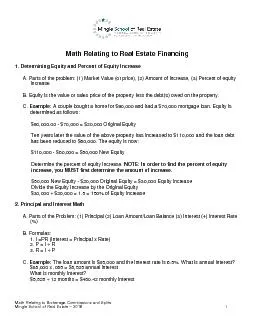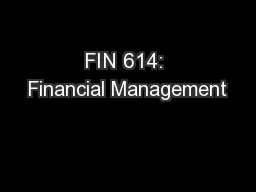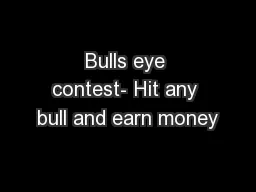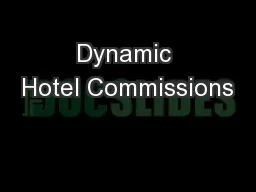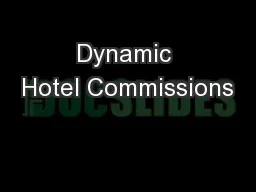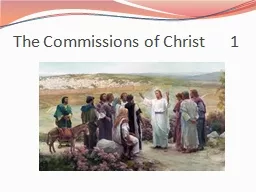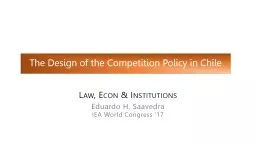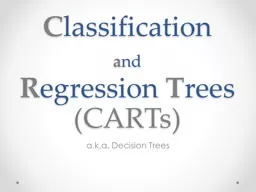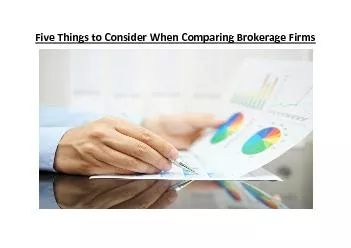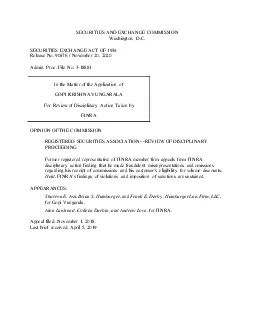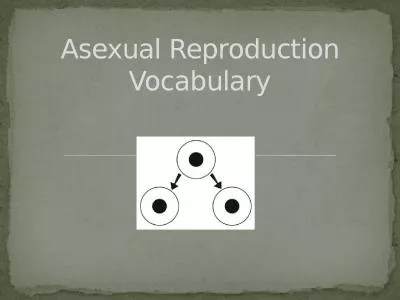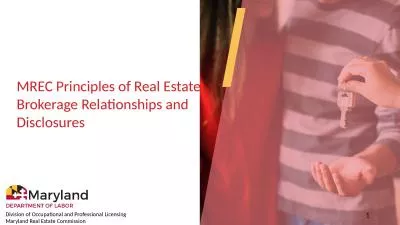PDF-Math Relating to Brokerage Commissions and Splits
Author : ximena | Published Date : 2021-01-11
Mingle School of Real Estate 2016 1 Math Relating to Real Estate Financing 1 Determining Equity and Percent of Equity Increase A Parts of the problem 1 Market Value
Presentation Embed Code
Download Presentation
Download Presentation The PPT/PDF document "Math Relating to Brokerage Commissions a..." is the property of its rightful owner. Permission is granted to download and print the materials on this website for personal, non-commercial use only, and to display it on your personal computer provided you do not modify the materials and that you retain all copyright notices contained in the materials. By downloading content from our website, you accept the terms of this agreement.
Math Relating to Brokerage Commissions and Splits: Transcript
Download Rules Of Document
"Math Relating to Brokerage Commissions and Splits"The content belongs to its owner. You may download and print it for personal use, without modification, and keep all copyright notices. By downloading, you agree to these terms.
Related Documents

